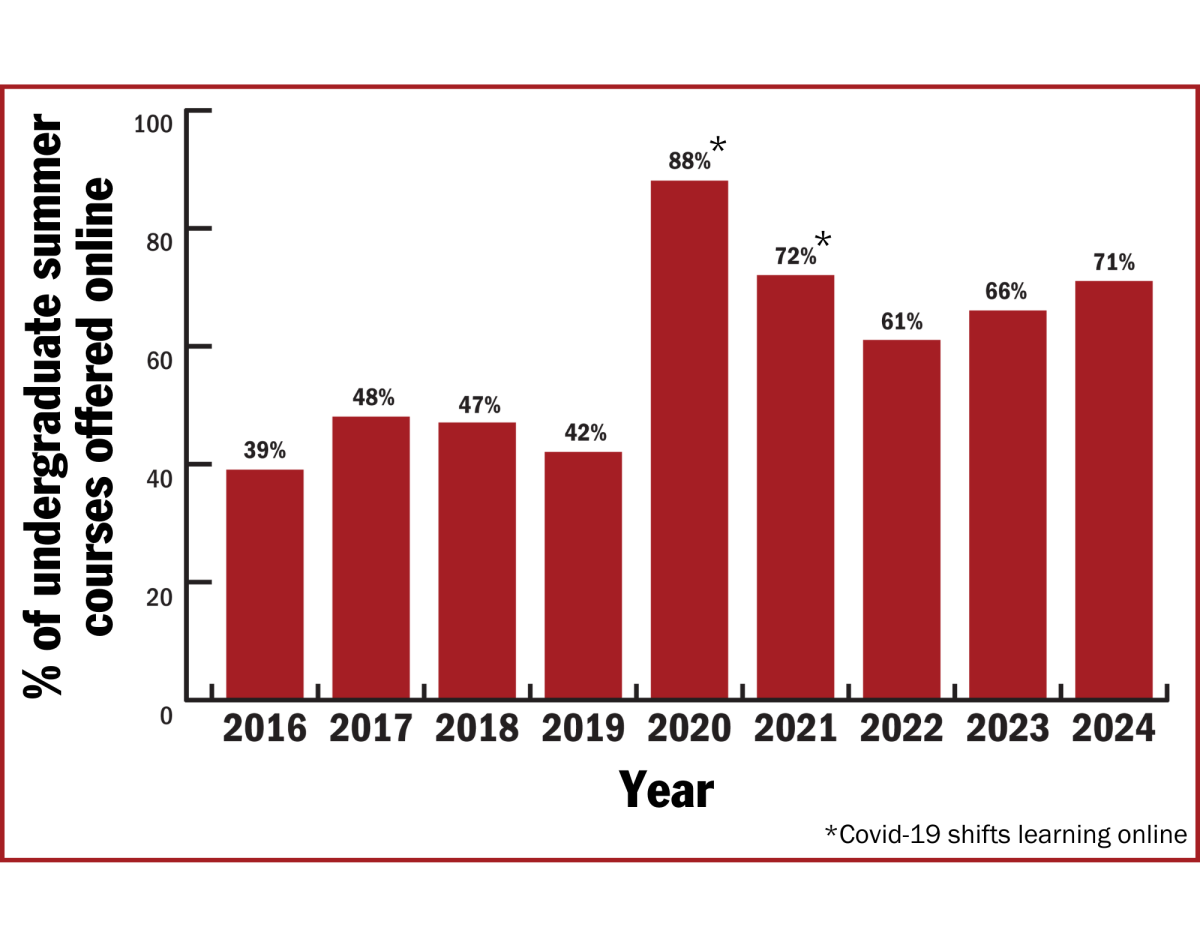Trump’s response to the new spending bill
With more than 800,000 federal employees furloughed and/or working without pay, the American public was bombarded with heartbreaking stories of people who were unable to pay their mortgages, looking for additional jobs and struck by their inability to provide for their respective families during the government’s most recent 35-day shutdown.
Ironically, “about 32,000 employees, out of the 245,000-person DHS [Department of Homeland Security] workforce, [were] not working and not getting paid as the partial shutdown reached its 25th day,” and this department is at the front of the issue President Donald Trump is fighting for: his border wall.
Luckily for the Department of Homeland Security and countless other federal workers, our governmental leaders will not be leaving their workers without pay for a second time.
The deadline of Feb. 15 marked the day in which a bipartisan deal was made in order to avoid yet another shutdown. As of Feb. 15, the U.S. government made it publicly known that it was able to agree enough to keep the country moving.
After negotiations finished on Feb. 13, Senate Majority Leader Mitch McConnell stated that Trump would sign the new spending bill. The spending bill passed on the Senate floor in a vote of 83-16 with bipartisan support.
The new spending bill will give more funding to the Department of Homeland Security and $1.375 billion of the $5.7 billion that Trump has been asking for to build the border wall.
This seems great at the outset. Maybe our polarized government is not so polarized after all and has actually learned some sort of lesson.
But of course there is a caveat. When McConnell announced Trump’s support of the new spending bill, he also stipulated that Trump would follow up by declaring a national emergency in order to receive his optimal level of funding for the border wall.
The threat of declaring a national emergency was used periodically by Trump during the previous government shutdown as a scare tactic against Democrats in an attempt to make them more willing to work with him and give him his requested wall funding.
So what does a national emergency actually entail, and why is it so threatening?
The point of national emergency is for the president to deal with certain emergencies that require action too quickly for normal legislative proceedings, but are meant to be replaced within a year, unless otherwise renewed.
Declaring a national emergency does not have any constitutional guidelines, meaning the president can call a national emergency on somewhat arbitrary acts.
The declaration of a national emergency also allows the president to use laws (123 in total) that do not have much to do with their emergency. These laws include, but are not limited to, foreign trade policy and the use of military force.
The power of the president when it comes to declaring a national emergency is an extreme implied power, which was why the 1976 National Emergencies Act was created as a way to check the power of the president’s authority when declaring a national emergency. This act allows a Congressional committee to review and possibly terminate the national emergency.
The worry concerning Trump’s call for a national emergency is that the current situation at the U.S.-Mexico border does not constitute a national emergency and is a total misuse of federal funding that was “promised” to be paid for by the Mexican government.
Falling short of his funding, Trump has decided that the best course of action is to call a national emergency in order to meet the $5.7 billion request and to “stop the national security and humanitarian crisis at the border.”
It seems ironic to call the need for a national emergency due to a humanitarian crisis while forgetting the humanitarian crisis is truly the separation of families at the southern border.
We don’t need to reallocate government money towards a national emergency that doesn’t exist. Trump said himself, “I could do the wall over a longer period of time, I didn’t need to do this. But, I’d rather do it much faster.”
































